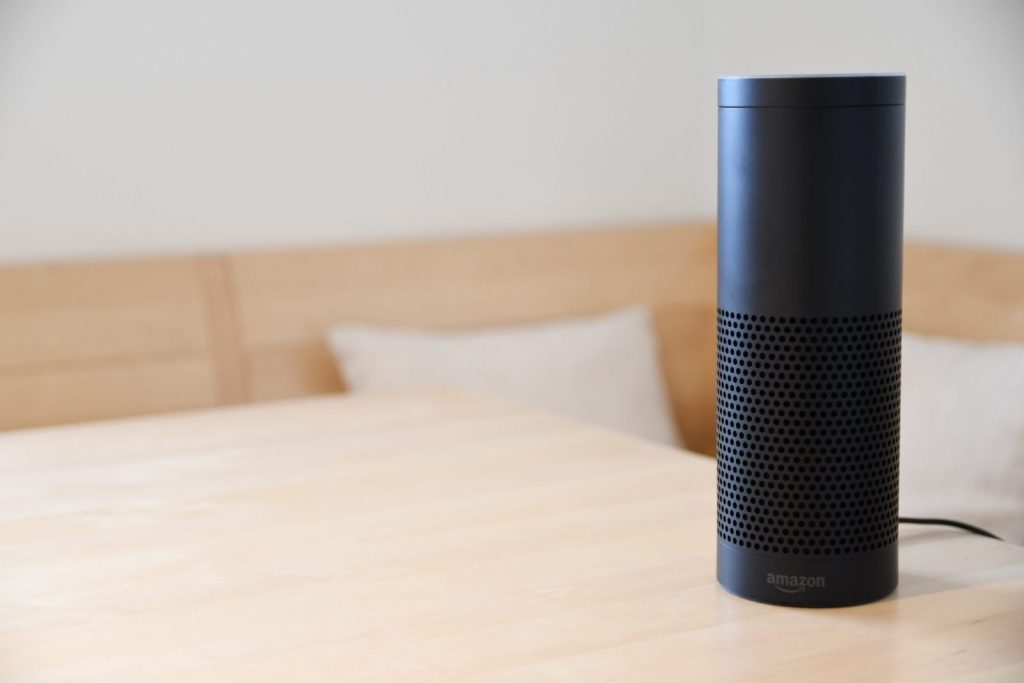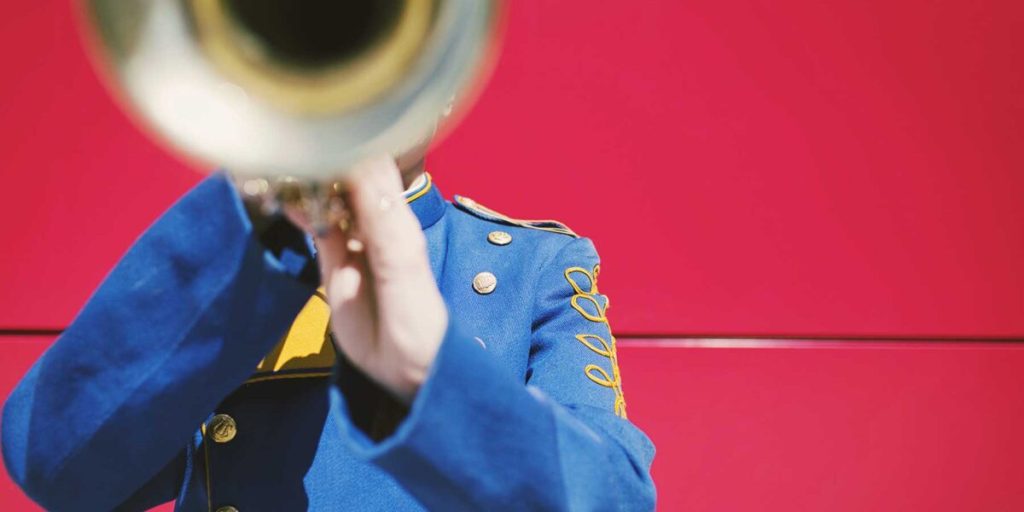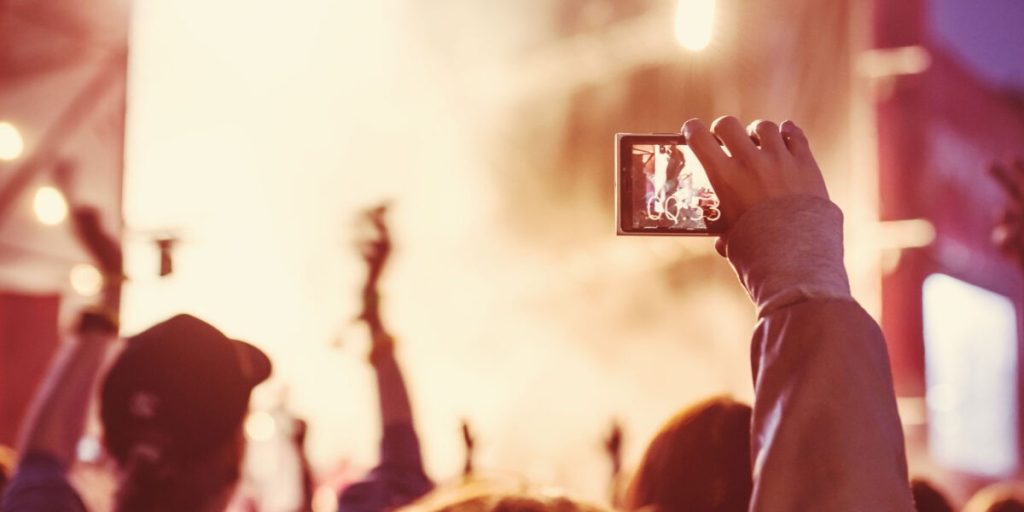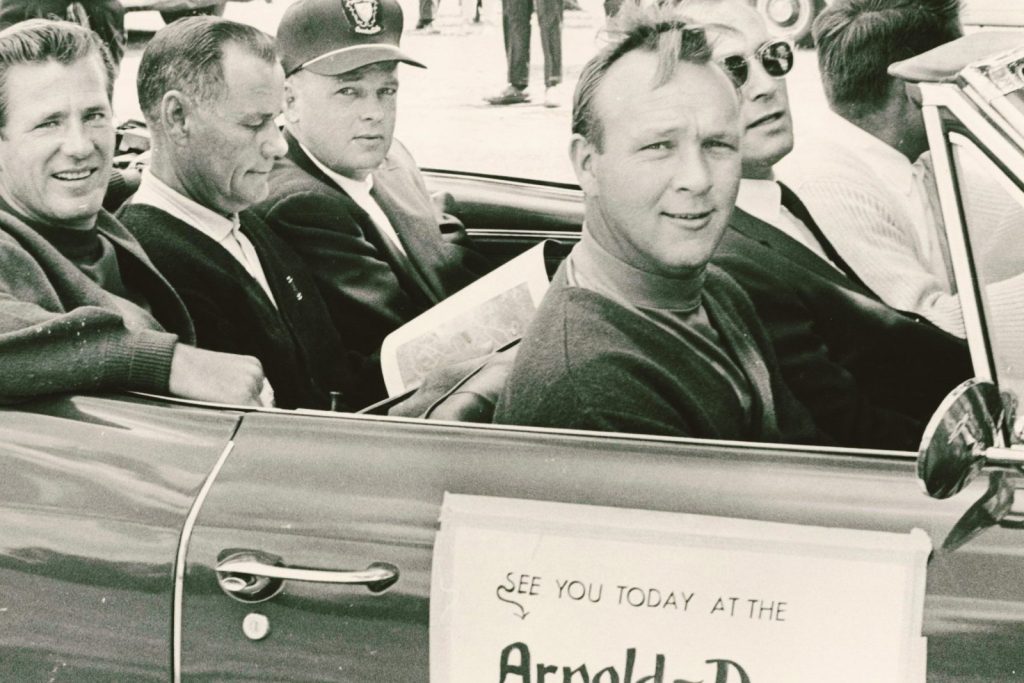How voice technology is optimizing at home health care
Remember “The Clapper”? That home electronic device of the 90s (with omnipresent late night commercials), that turned your lights on and off with the sound of a clap? In many ways, it represented a somewhat crude first step toward the truly amazing voice technology devices of today, such as Amazon Alexa and Google Home. “The …
How voice technology is optimizing at home health care Read More »





